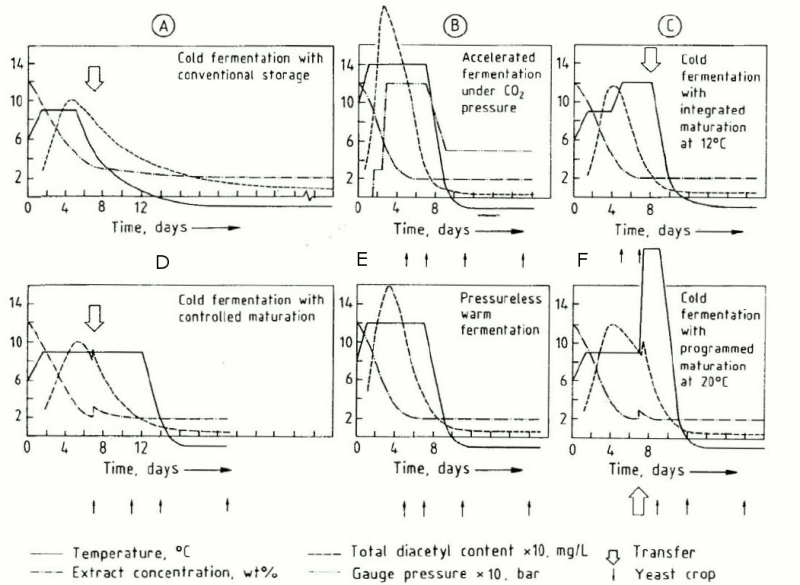Hello all,
I normally do only Ales but I have the perfect garage for lagering. It is a constant 54 degrees. So I made a Hellesbock with lager yeast. It has been going well for about 10 days. I still have very active ferementation. I have about an inch or so of sludge in the bottom. When is a good time to move this? With an ale I would move it already. I just don't want any off flavors because this looks to be a good one.
Tom
I normally do only Ales but I have the perfect garage for lagering. It is a constant 54 degrees. So I made a Hellesbock with lager yeast. It has been going well for about 10 days. I still have very active ferementation. I have about an inch or so of sludge in the bottom. When is a good time to move this? With an ale I would move it already. I just don't want any off flavors because this looks to be a good one.
Tom




